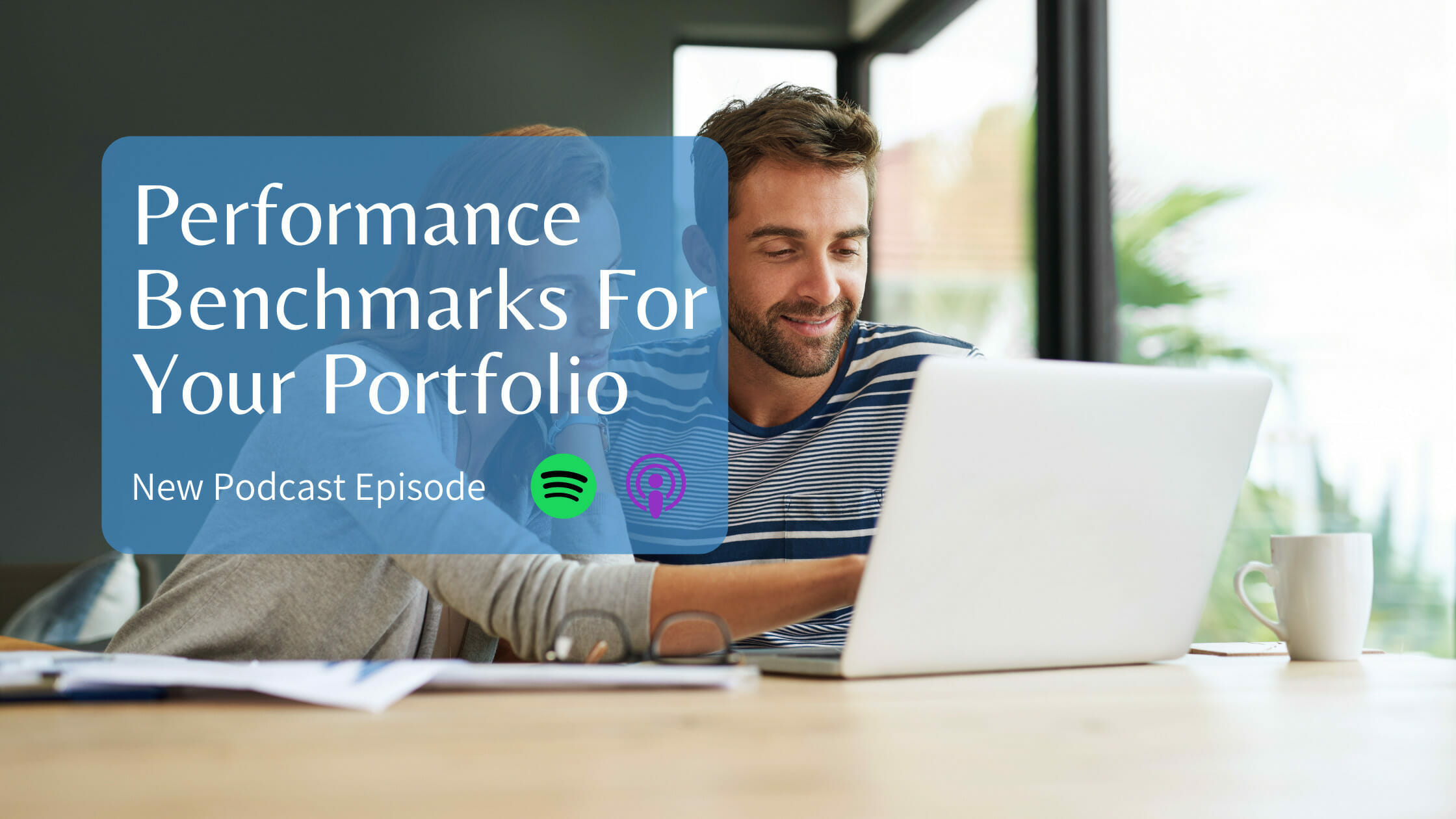
Performance Benchmarks For Your Portfolio
It is important to include performance benchmarks in your financial portfolio so you can achieve your goals. On this episode of A Wiser Retirement Podcast, Casey Smith, Matthews Barnett, CFP®, ChFC®, and Brad Lyons, CFP® talk about how to include performance benchmarks in your portfolio. They go over measuring risk in your portfolio, the importance of being an investor, how to begin choosing indexes for a benchmark portfolio, and offer advice on how to set yourself up for success in retirement.
Listen on Apple Podcasts or watch on YouTube:
SUMMARY:
Performance Benchmarks for Your Portfolio
To begin implementing performance benchmarks, it is important to compare your portfolio to other relevant portfolios. This will help you see your progress as well as areas of improvement. There are two strategies to use when comparing your portfolio. The first strategy is picking a benchmark of an index that is relevant to your portfolio. The second strategy is determining the required rate of return you need in your portfolio, or what you need to achieve your set goals. This approach is more long-term and allows you the time to research the market’s historical performance.
Measuring Risk
Measuring risk can help to mitigate it as much as possible. Two ways to do this are through measuring volatility and sharpe ratio. Measuring volatility allows you to see how much the market is fluctuating. Measuring the sharpe ratio allows you to evaluate if the additional risk is worth it. Ask yourself, “is the risk paying off?” If so, it may be worthwhile to keep it in your portfolio.
Choosing Indexes for a Benchmark Portfolio
As you are beginning to form a benchmark portfolio, it is important to choose indexes that are relevant to your portfolio. Two indexes that can assist you in developing your benchmark are the Vanguard Total World Stock Index Fund ETF (VT) and the Vanguard Total Bond Market Index Fund ETF (BND). These two indexes define the investable universe and include all the equities in the world that are publicly traded that you as an investor can invest in. Because of how broad these indexes are, they can be useful when beginning to create a benchmark portfolio.
Be an Investor, Not a Speculator
If you are an investor, it’s important to remember risk and reward go hand in hand. The market fluctuates day-to-day, and you never know how the market is going to act. This amount of risk affirms why it is important to be an investor and not a speculator. Being a speculator takes a very advanced skill set to see a high return. To substantiate this claim, only 6% of professional fund managers have beat the S&P 500 over the past twenty years. That is a very low percentage, and active managers have trouble sustaining this luck more than once. This goes to show it is more about luck than having a certain skillset, and this small percentage of investors are more likely be rewarded only in the short-term, if at all.
Advice for an Investor
A big part of being an investor is monitoring and understanding what’s happening in the market. Prepare for the future by thinking about possible roadblocks. Keep in mind, as an investor sometimes the best thing to do is nothing. Double check your allocations for diversification, invest more when things are down and keep your emotions out of it.
Setting Yourself up for Success (Protecting Your Portfolio)
Performance benchmarks don’t just gauge performance, they can also help you manage it through periods of uncertainty. With that said, your portfolio should not be the first place to go in times of crisis and uncertainty. Prior to retirement, set yourself up for success by doing these three things: eliminate any debt, have emergency reserves of cash set aside, and save two years’ worth of living expenses inside your portfolio. This is important because if the market were to crash, you have savings built up, have cash reserves inside your portfolio and you won’t have debt payments to worry about. Cash has the ability to provide long-term stability and a less stressful start to retirement and market uncertainty.
Download our white paper on “3 Ways to Grow and Protect Your Portfolio”
TIMESTAMPS:
0:00 Intro
3:35 Implementing Performance Benchmarks
6:45 Measuring Risk
10:35 Choosing Indexes for a Benchmark Portfolio
17:00 Be an Investor, Not a Speculator
22:00 Advice for an Investor
26:28 or 31:05 Setting Yourself up for Success
LINKS:
Learn more about Casey Smith and connect with him on Twitter.
Learn more about Brad Lyons.
Learn more about Matthews Barnett.
CONNECT:
Twitter, Instagram, Facebook, LinkedIn, and YouTube.
Learn more about A Wiser Retirement podcast and access previous episodes.
Share This Story, Choose Your Platform!
Wiser Wealth Management, Inc (“Wiser Wealth”) is a registered investment adviser with the U.S. Securities and Exchange Commission (SEC). As a registered investment adviser, Wiser Wealth and its employees are subject to various rules, filings, and requirements. You can visit the SEC’s website here to obtain further information on our firm or investment adviser’s registration.
Wiser Wealth’s website provides general information regarding our business along with access to additional investment related information, various financial calculators, and external / third party links. Material presented on this website is believed to be from reliable sources and is meant for informational purposes only. Wiser Wealth does not endorse or accept responsibility for the content of any third-party website and is not affiliated with any third-party website or social media page. Wiser Wealth does not expressly or implicitly adopt or endorse any of the expressions, opinions or content posted by third party websites or on social media pages. While Wiser Wealth uses reasonable efforts to obtain information from sources it believes to be reliable, we make no representation that the information or opinions contained in our publications are accurate, reliable, or complete.
To the extent that you utilize any financial calculators or links in our website, you acknowledge and understand that the information provided to you should not be construed as personal investment advice from Wiser Wealth or any of its investment professionals. Advice provided by Wiser Wealth is given only within the context of our contractual agreement with the client. Wiser Wealth does not offer legal, accounting or tax advice. Consult your own attorney, accountant, and other professionals for these services.





